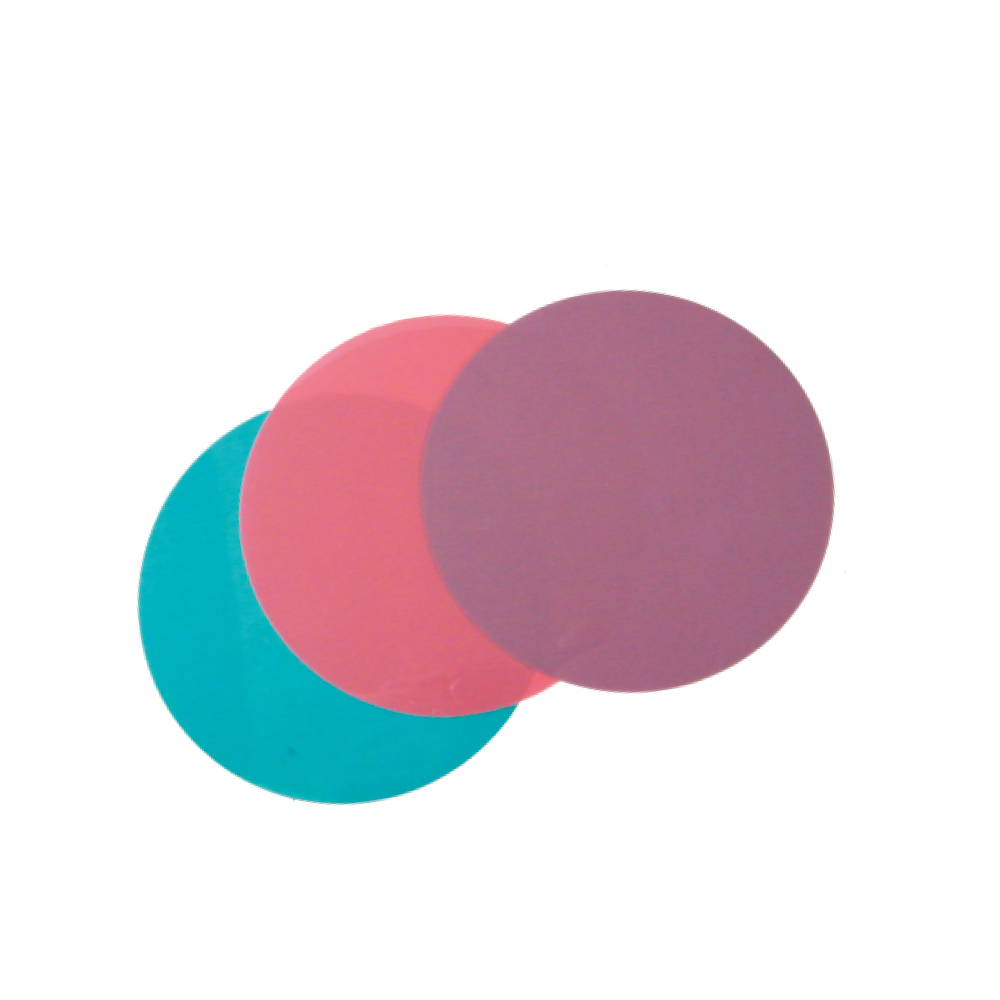Precision and reliability are
critical in the field of fibre optic technology. The fiber curing oven
is critical to assuring the endurance and performance of optical fibres. This
article explores the working principles and various applications of fibre
curing ovens, providing light on their importance in the world of
telecommunications.
Understanding Fibre Curing
Oven Operation
A fibre curing oven is a
specialised apparatus used to polymerise or cure optical fibre coatings. These
coatings, usually formed of UV-curable polymers, are used to protect and
improve optical fibres. The curing process involves the cross-linking of
polymer molecules in the coating material, which transforms it from a liquid to
a solid, long-lasting protective layer.
Here's a breakdown of the main
concepts that control the operation of a fibre curing oven:
UV Light Source: Fibre
curing ovens are outfitted with high-intensity UV light sources, usually
mercury vapour or LED lamps. These UV lamps produce certain wavelengths of
ultraviolet light, which initiate the curing process in the coating substance.
Uniform Heating: Optical
fibres coated with UV-curable material are carefully positioned on spools or
carriers within the curing oven. The oven guarantees that the fibres are
uniformly exposed to UV radiation, resulting in constant curing along the
length of the fibre. The Fiber Polishing Film is also useful in fiber
optics.
Controlled Environment:
Fibre curing ovens offer exact temperature and humidity controls. Maintaining
these factors at ideal levels is crucial to the curing process because they
influence the quality and endurance of the cured coating.
Fibre curing ovens are used in
numerous industries to meet the growing demand for high-quality optical fibres.
Telecommunications: Fibre
curing ovens play an important role in the manufacture of optical fibres for
data transmission networks. These cured fibres have little signal loss and are
highly reliable, making them excellent for long-distance communications.
Manufacturing: To preserve
the sensitive fibres, fibre optic components such as connectors and couplers
must have cured coatings. Fibre curing ovens ensure that these components are
of constant quality, which contributes to the reliability of fibre optic
systems.
Conclusion
The fibre curing oven is an underappreciated hero in the field of fibre optic technology. Its ability to provide homogeneous curing of optical fibre coatings has significant ramifications for sectors that rely on high-performance optical networks.














